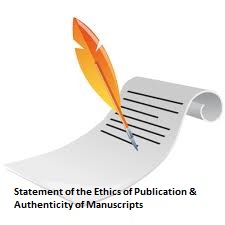Formulation and Antibacterial Test of Staphylococcus aureus Against Paper Soap Preparation of Lemongrass Extract (Cymbopogon citratus)
DOI:
https://doi.org/10.36341/jops.v8i1.5456Keywords:
antibacterial, lemongrass extract (Cymbopogon citratus Dc), paper soapAbstract
Paper soap is a unique soap that has a thin sheet shape similar to paper. Citratus or also known as lemongrass is a well-known herbal medicine with a myriad of benefits. This study aims to evaluate the ethanol extract of lemongrass (Cymbopogon citratus Dc) as an ingredient in making paper soap. Lemongrass is known to contain various compounds such as saponins, flavonoids, and essential oils, which have the potential to inhibit bacterial growth. The experimental method was used to make paper soap from lemongrass extract with formulations I, II, and III with a percentage of 5%, 10% and 15% lemongrass extract. Then the evaluation and test of antibacterial effectiveness against staphylococcus aureus using the paper disc diffusion method. Organoleptic tests showed that the color and aroma of the soap became more intense with increasing extract concentration. The pH test revealed that the soap had a pH range of 6-11, suitable for soap. The foam height test showed all formulas, except the third, met the standard. The antibacterial test showed that the zone of inhibition of Staphylococcus aureus increased as the concentration of lemongrass extract increased. Formulations with 5%, 10%, and 15% percentages formed inhibition of 21.35 mm, 23.52 mm, and 26.6 mm, respectively. These results indicate that formulations containing higher lemongrass extract have relatively better antibacterial ability.
Downloads
Downloads
Published
How to Cite
Issue
Section
License
1. Copyright of all journal manuscripts is held by the JOPS (Journal Of Pharmacy and Science)
2. Formal legal provisions to access digital articles of electronic journal are subject to the provision of the Creative Commons Attribution-ShareAlike license (CC BY-NC-SA), which means that JOPS (Journal Of Pharmacy and Science) is rightful to keep, transfer media/format, manage in the form of databases, maintain, and publish articles.
3. Published manuscripts both printed and electronic are open access for educational, research, and library purposes. Additiponally, the editorial board is not responsible for any violations of copyright law.
licensed under a Creative Commons Attribution-ShareAlike 4.0 International License.










